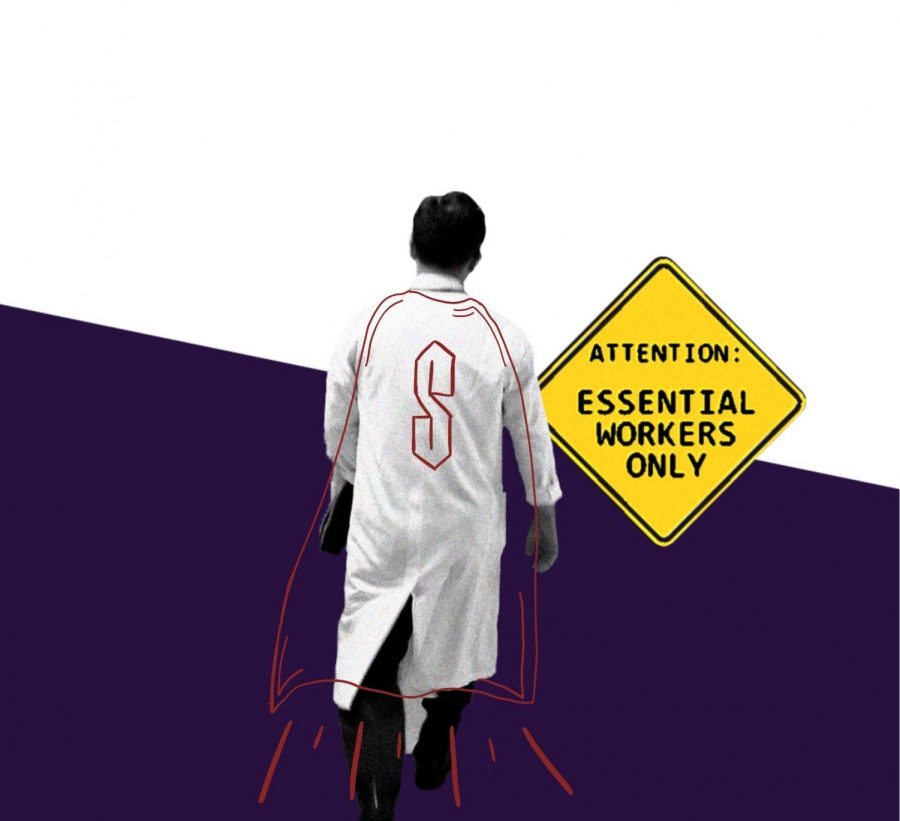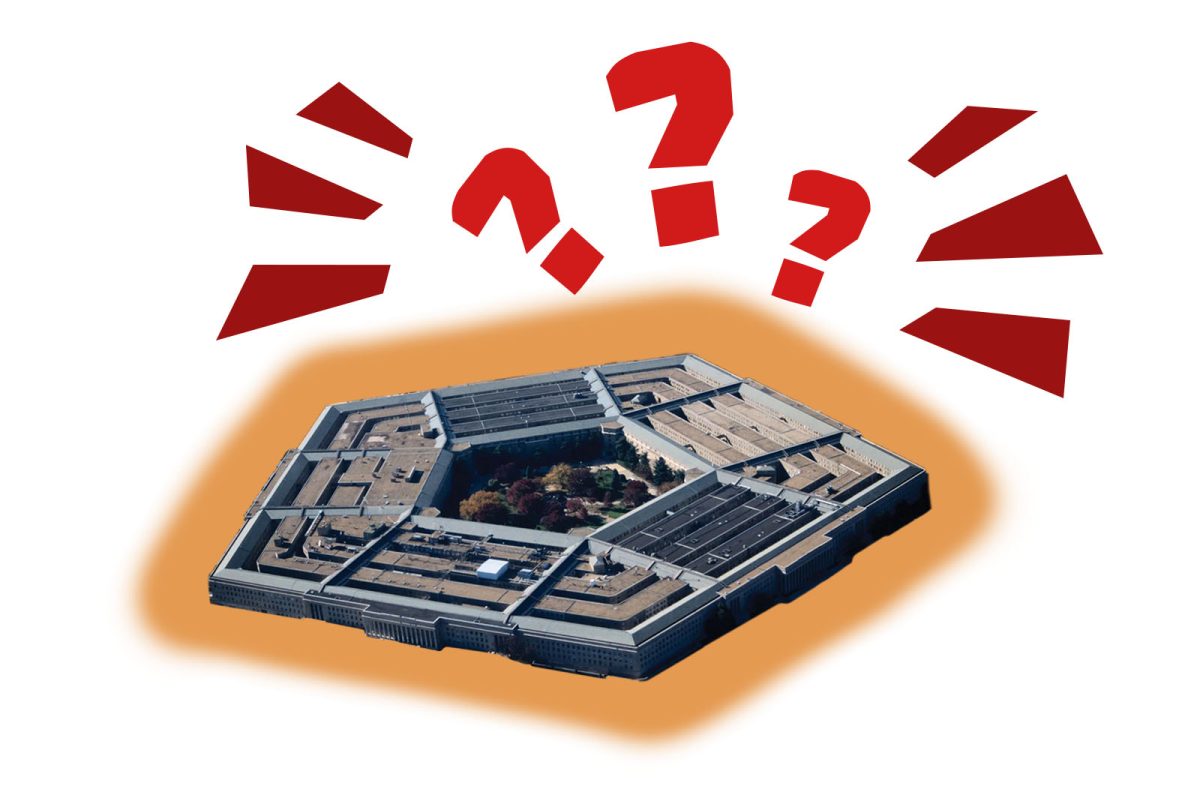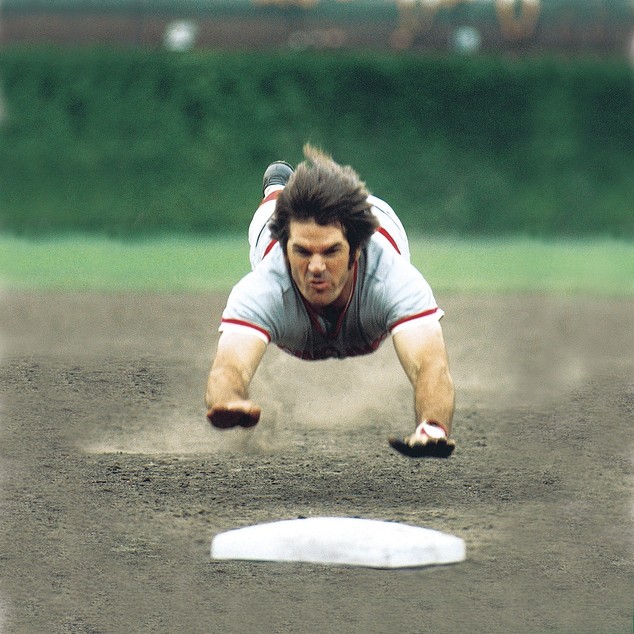The book about the country mouse and the city mouse pretty much solidified in our undeveloped first-grade minds the idea that the two spheres were separate. The city mouse eats gourmet food bought from corner markets while the country mouse lives on a farm and enjoys raw milk cheese and fresh turnips. The city mouse spends his city time in art museums and theaters and discothèques (maybe not) while the country mouse watches the sun set over his raspberry patches.
I think it’s an illusion that the two are so exclusive. Concrete doesn’t stop the farmers. They aren’t deterred by zoning laws. They will erect chicken coups in their garages and stock raise beds full of tomatoes and chard. No matter the parcel of land, people seem to figure out ways to grow food the way they have been doing for 10,000 years.
In “Farm City: The Education of an Urban Farmer,” Novella Carpenter describes the setup she and her husband made in the lawless streets of downtown Oakland. With a view of the Bay Bridge from their back porch, the two created a veritable Eden in the middle of all the urbania. They had bees on their balcony. They housed goslings in their living room, which they would grow to adult size and slaughter for Thanksgiving. They kept an epic garden, which people from around the neighborhood could poke into if they wanted a carrot or some basil.
As pessimistic as we can be about city life, as much as we might see it as uncompromisingly industrial, in reality, cities seem to teem with life and plant growth. It’s like we could never escape it, really, those rural roots we all possess. I remember growing tomatoes in our kitchen in South St. Louis when I was a child. Things will always find a way to grow, and the line between country life and city life is blurring more and more as we become environmental- and culinary-conscious people.
This does go against our Western definition of a city as a place that is free from the burden of growing food, the place that people go when they have broken from that sorry life of being a slave to the seasons. The place that is the epicenter of leisure, the epitome of the creative human once they have been liberated from pure sustenance. A place of culture and politics. A place away from the savagery of farm animals.
I suppose it is justifiable: Farming is hard. But we’ve traveled so far in the opposite direction it is almost impossible for some people to imagine grass and soil outside of a stroll through the Botanical Gardens. It might have been okay in ancient Sumer, when people first started living in colonies of commerce but where the rural aspect was still near enough that people didn’t become disconnected from it. Now, however, children grow up not knowing where their carrots come from, and have to be reeducated in basic earthly concepts with school gardens and textbooks. Ancient agriculturists are cringing in their graves.
That’s why I’m so excited that farm life is invading the city once again (if it ever really left). The Scientific American recently featured articles on giant skyscraper greenhouses in the center of Manhattan. Instead of spreading fields horizontally, they build up: Each floor holds gardens that produce for markets and grocery stores around the city.
And community gardens have long been a staple of city life. From the early 1900’s to now, American society has promoted food growth as a part of patriotism and as a way to increase food security. Potato patches were popular during a minor depression in the beginning of the 20th century and later during the Great Depression; Liberty and Victory gardens prevailed during the world wars as a way to supplement resources, when so much was going to the troops abroad. During any kind of strife (such as our own economic fallout), people have fallen back on gardening because they realize the inherent worth of being able to be self-sufficient and provide for themselves when the industrial infrastructure fails. It seems like that’s something intrinsic to being human, or any kind of a creature, for that matter.
I want to see great urban oases of foodstuffs. I want to see gardens growing next to skyscrapers, and trees planted on street corners, and office buildings with “green floors” dedicated solely to vegetables. I want to see apple trees on Morganford and a chicken coup in Tower Grove. I want the farm to meet the city completely, to merge until it is some industrial/rural hybrid.
For now, though, I’ll settle for backyard gardens and windowsill tomatoes. So long as we’re going in the right direction.
Roberta Singer is a senior in the College of Arts and Sciences.










